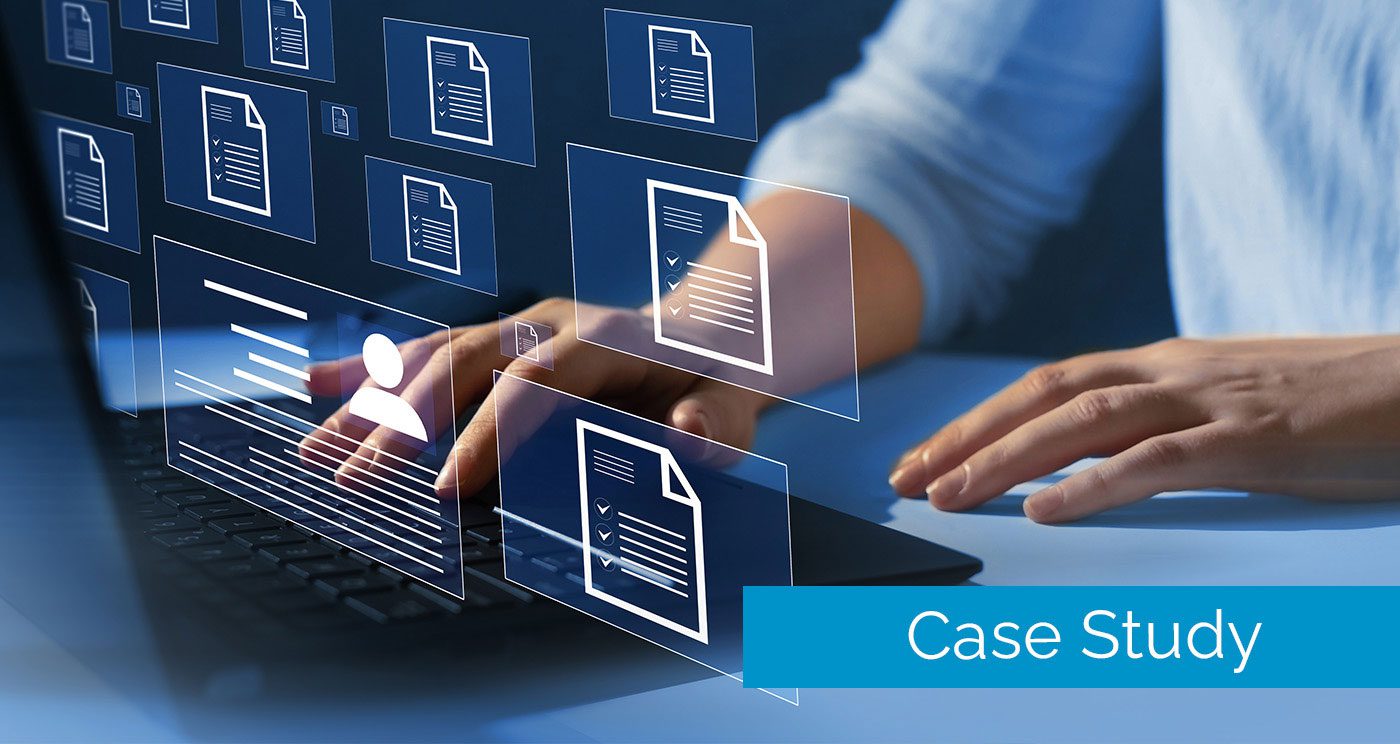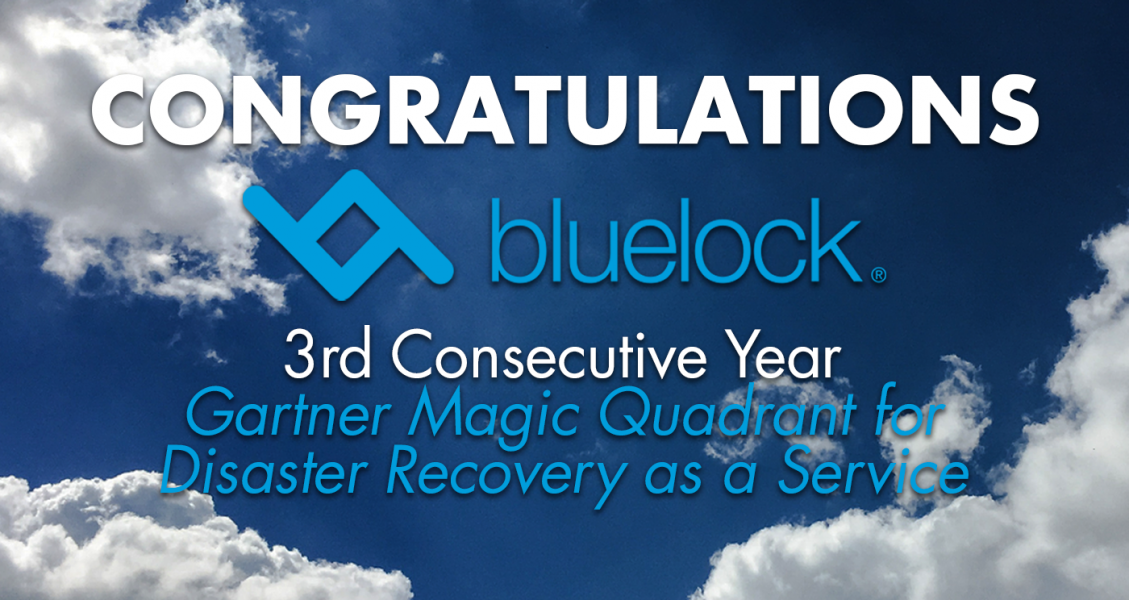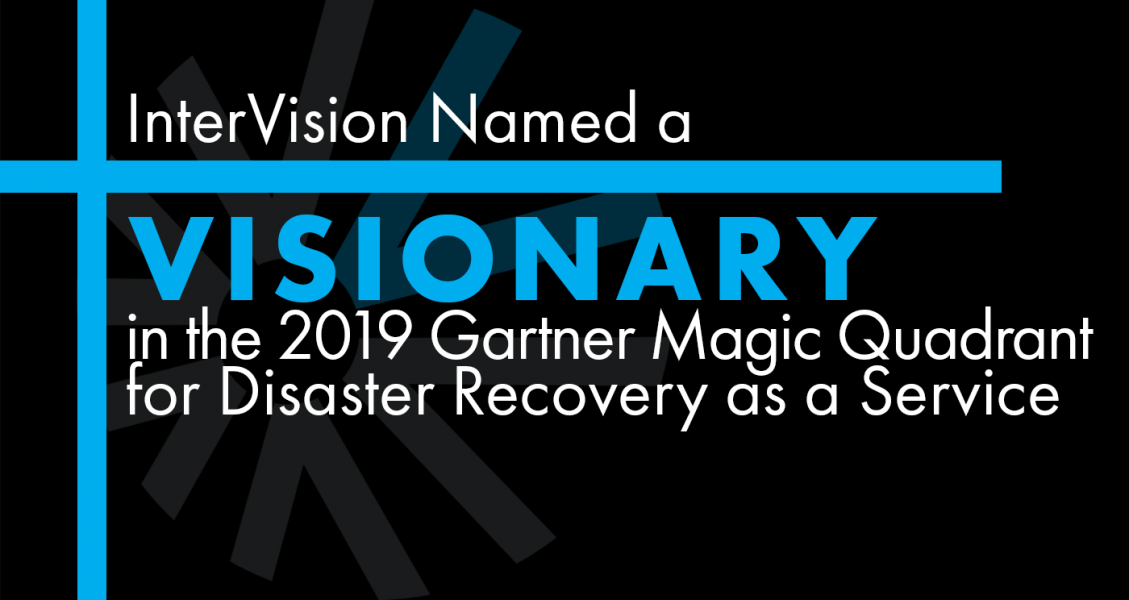As you go through the purchasing process, you’re going to have questions. We want to help you understand all the information you can, so you make the most informed decision.
Here are five worst-case pitfalls to avoid in your disaster recovery plan, so you can ensure a smooth and effective recovery of your most crucial data and IT systems.
If you’re responsible for planning your company’s disaster recovery, or involved at all in the buying process, the following are terms that you will hear often. This blog post will cover everything you need to know from top to bottom.
If you’ve decided to protect your data and recover your applications, one of the first steps is making sure you can properly replicate your data to your recovery site.
Goodwill of Central & Southern Indiana’s goal was to protect several critical applications. They implemented InterVision’s DRaaS solution, replicated and tested, and were happy with the results. When their recovery environment footprint increased by eight times, they noticed that their bill did not.
InterVision’s Disaster Recovery as a Service (DRaaS) made internal and external demands simple tasks for this medical solutions company. An elastic infrastructure allowed the client to take on any size client knowing they could scale without runaway capital costs. DRaaS provided the company access to their critical and sensitive data with the highest levels of availability, safety and security.
Taylor Porter, one of the oldest, largest and most respected law firms in Louisiana, met these pressures and objectives by turning to Disaster Recovery as a Service (DRaaS) as a solution. Read more about the success.
Bluelock’s Disaster Recovery as a Service (DRaaS) Solution has been recognized in the 2018 Gartner Magic Quadrant for Disaster Recovery as a Service for the third year in a row. Only nine other providers were named in the 2018 report, down from 23 in 2017, validating Bluelock’s solutions and processes in the DRaaS space.
What can companies do to guard their data against exposure? Here we share three quick tips on how to improve your security posture.
InterVision has compiled a list our 7 best IT disaster recovery (IT-DR) resources, in no particular order. We think they are the best starting point for building a strong IT resiliency strategy that both emphasizes data protection and fast recovery for a wide swathe of disruptions.
There have been huge strides in technology innovation over the past decade, making data retention faster, more reliable and effective. Two solutions that have emerged are Backup as a Service (BaaS) and Disaster Recovery as a Service (DRaaS). Here are a few key differences to know.
InterVision named VISIONARY in 2019 Gartner Magic Quadrant, Disaster Recovery as a Service








